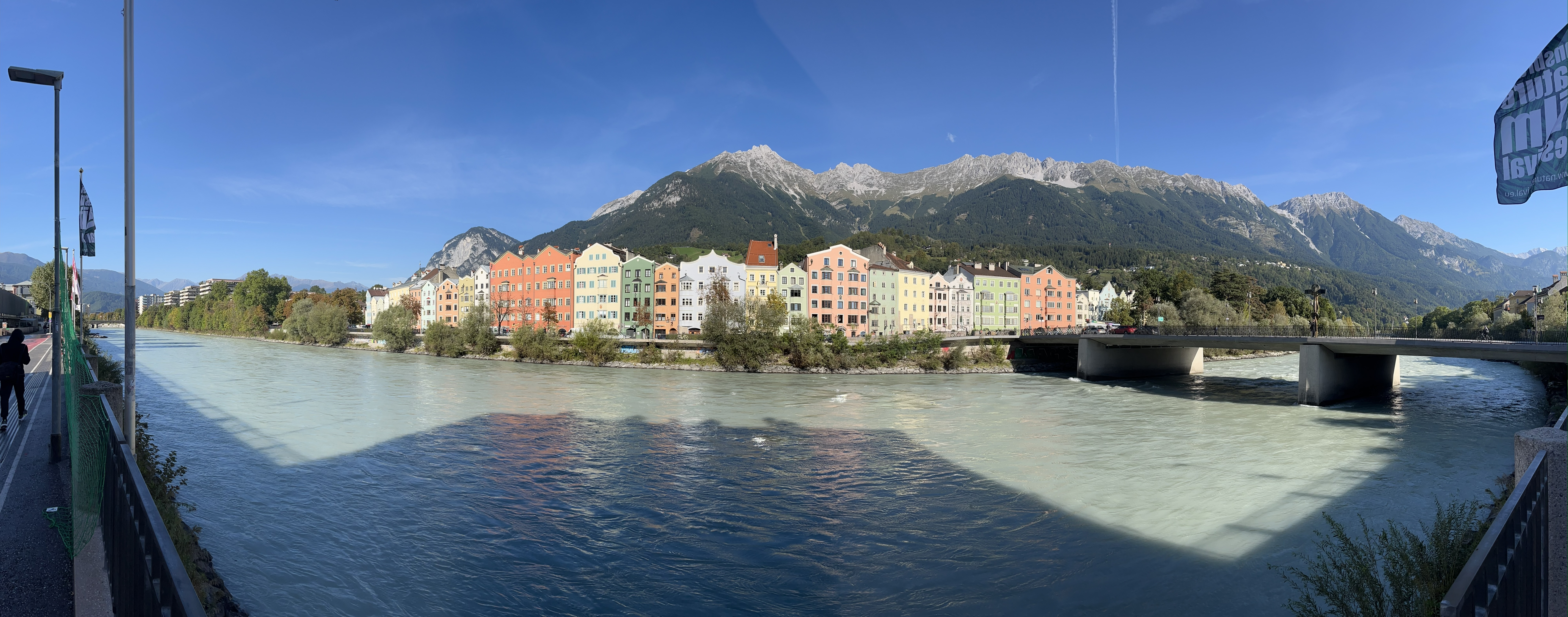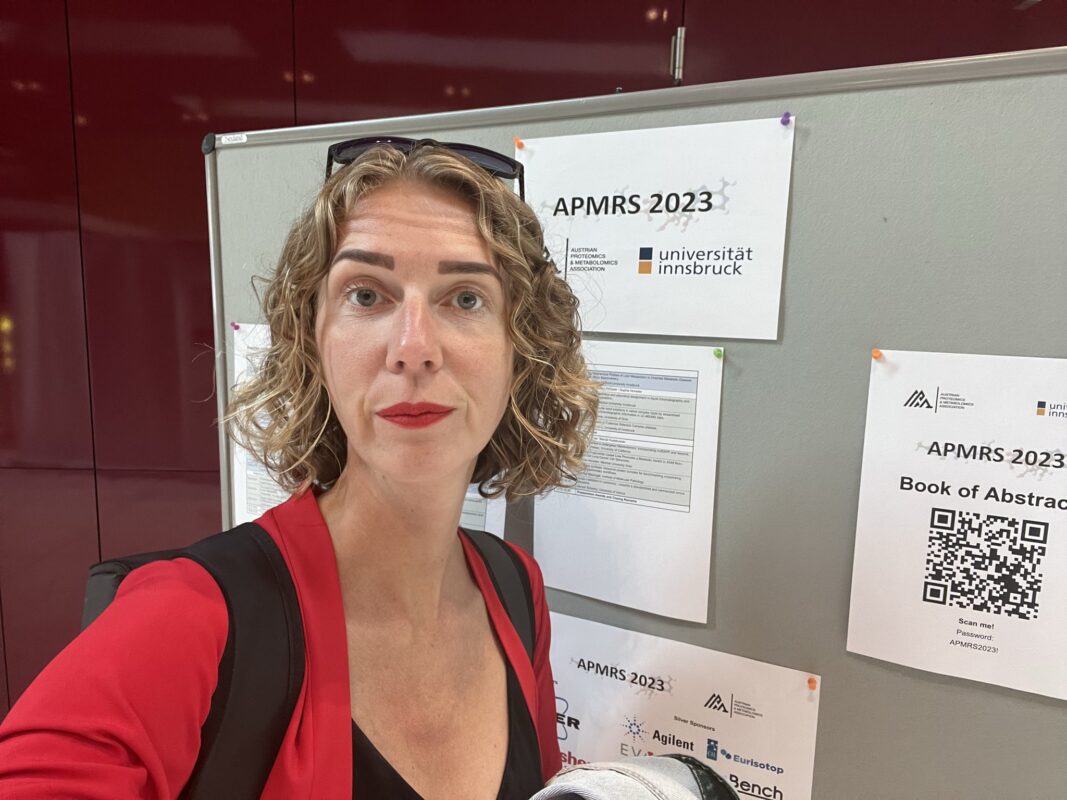From 27.-29. of September, I attended the Austrian Proteomics and Metabolomics Association (APMA) meeting in a breathtakingly beautiful Innsbruck, Tirol. The three days were filled with exciting talks on proteomics (my special focus was studies related to toxic effects) and different aspects of metabolomics (amino acids, xenobiotics, lipidomics).

I was invited to give a keynote talk in the Young Scientists Session by Austrian young researchers in proteomics-metabolomics mass spectrometry. I introduced our most recent results on predicting toxicity and concentration for unknown chemicals in the environmental samples. In particular, I introduced MS2Tox which can be used to predict lethal concentration for 50% of test animals for fish, water flea, and algae, and MS2Quant which predicts the concentration. MS2Tox and MS2Quant both enable us to do predictions for unidentified chemicals if a tandem mass spectrum is available. The MS2 spectra are first turned into fragmentation trees and probabilistic molecular fingerprints with SIRIUS+CSI:FingerID and the molecular fingerprints are further used to predict either LC50 or ionization efficiency in ESI/HRMS, respectively. In the case of MS2Quant, the predicted ionization efficiency is further used to evaluate concentration, indicating the exposure to the detected chemicals.
Among tens of great talks, I would like to highlight one given by Frank Klont from the University of Groningen and University Medical Center Groningen. Frank Klont enlightened us with the impact of looking into xenobiotics on patient studies to gain insight into prescribed, forbidden, and illegal drugs. In particular, I was impressed by two technical developments. Firstly, obtaining the spectra of metabolites of drugs can be really hard as these are missing from spectral libraries and standards are hard if not impossible to obtain. Frank suggested that the reference spectra for the metabolites of drugs can be obtained by looking into the samples of patients who have reported the use of the specific drug. A brilliant idea, if you ask me. Secondly, Frank used a case where the matrix used for delivering the drug was strongly interfering with the analysis and especially with the normalization so that the non-normalized results proved to be more informative than the normalized results.


